COLUMN IN THE EAGLE TRIBUNE
SEE ORIGINAL ARTICLE IN THE EAGLE TRIBUNE HERE.
If we didn’t lead digital lives before the pandemic, we certainly do now. We’ve been to class and work from our kitchen tables. We’ve visited with grandchildren and gone to the doctor on Zoom. We’ve ordered groceries, attended a Passover seder or celebrated Easter services online.
If access to technology and the internet weren’t essential before the pandemic, they certainly are now. Thirteen months after we retreated into our homes amid the first closures to prevent the spread of COVID-19, connectivity is as essential to work, education, health and social wellbeing as water, sewer, electricity and gas service.
And we take stock of where we’ve been and where we’re headed, it’s painfully obvious that those among us who are unconnected are in danger of becoming left behind in most major areas of life. Never has closing the digital gap been more important.
In the communities north of Boston, there is an emerging effort to do just that. The Essex County Community Foundation is gearing up for a multi-year campaign that draws in nonprofit groups, local government leaders, social service agencies, businesses and others to find ways to connect a strikingly large number of residents who don’t have reliable digital access.
The project will focus on areas of access, equipment and digital literacy, and it will be critically important for those without those things, as well as those of us who reliably have them. To be sure, the strength of our schools, resiliency of our economy, effectiveness of our local governments and service organizations, not to mention the overall public health and livability of our region, depend on it.
Not that any of this is new. But as Lee Rainie, director of internet and technology research at Pew Research Center, told a state Senate panel this past week, we accelerated into a “tele-everything world” during the pandemic. A byproduct of that, he said, is that highly connected and technically savvy people will now “pull further ahead” of those with less access.
It’s not a unique dynamic to our region or state. Homes throughout the country with lower incomes are less likely to have access to internet service robust enough to support basic activities. Angela Siefer, executive director of the National Digital Inclusion Alliance, told the lawmakers that 30% of Massachusetts households with incomes less than $35,000 a year do not have broadband-level internet service, including on mobile.
One in five homes in the state — or 566,000 households — get their internet via mobile phone or don’t have connectivity at all.
This problem, which correlates with income, existed before anything closed due to the coronavirus. It’s just more obvious now that people are being vaccinated, schools are restarting and the economy is beginning to stretch back awake. Stratton Lloyd, executive vice president of the Essex County Community Foundation, says in an interview, “As the water level has come down with COVID, the rocks have been exposed. And these rocks have always existed.”
In our region the divide affects seniors who’ve been cut off from their families and support systems. It affects small businesses forced to reinvent themselves for e-commerce. It affects anyone trying to take advantage of a growing number of telehealth services. That’s not to mention the challenge born by students who don’t have reliable internet at home and only have technology thanks to the efforts of school officials who scrambled to distribute tablets and Chromebooks for remote learning.
A report prepared by the Essex County Community Foundation last fall pointed to nearly 60,000 households in the region without secure broadband, and 1 in 5 families without a basic computer. Even in the most connected towns like Andover, where nearly 92% of households have broadband access, the report notes some individual neighborhoods fall below average.
The foundation’s report suggests some potential remedies, such as municipal broadband programs or multilingual support services. (The divide disproportionately affects Latino homes and businesses; fewer than two-thirds of the Latino residents of Lawrence, for example, have broadband access.) But Kate Machet, director of strategic initiatives at the foundation, says the solution, whatever it looks like in the end, will be far more involved than the Band-Aid approaches we’ve seen until now. By necessity it will involve many partners and approaches, it will be tailored to specific communities, and it will have to be built to evolve through time.
Whatever that looks like, its success is critical. We’ve handled a public health emergency. Addressing a digital crisis, in many ways, is just as important.
Read the Essex County Community Foundation’s report on digital equity in our region: www.eccf.org/digital-equity/




